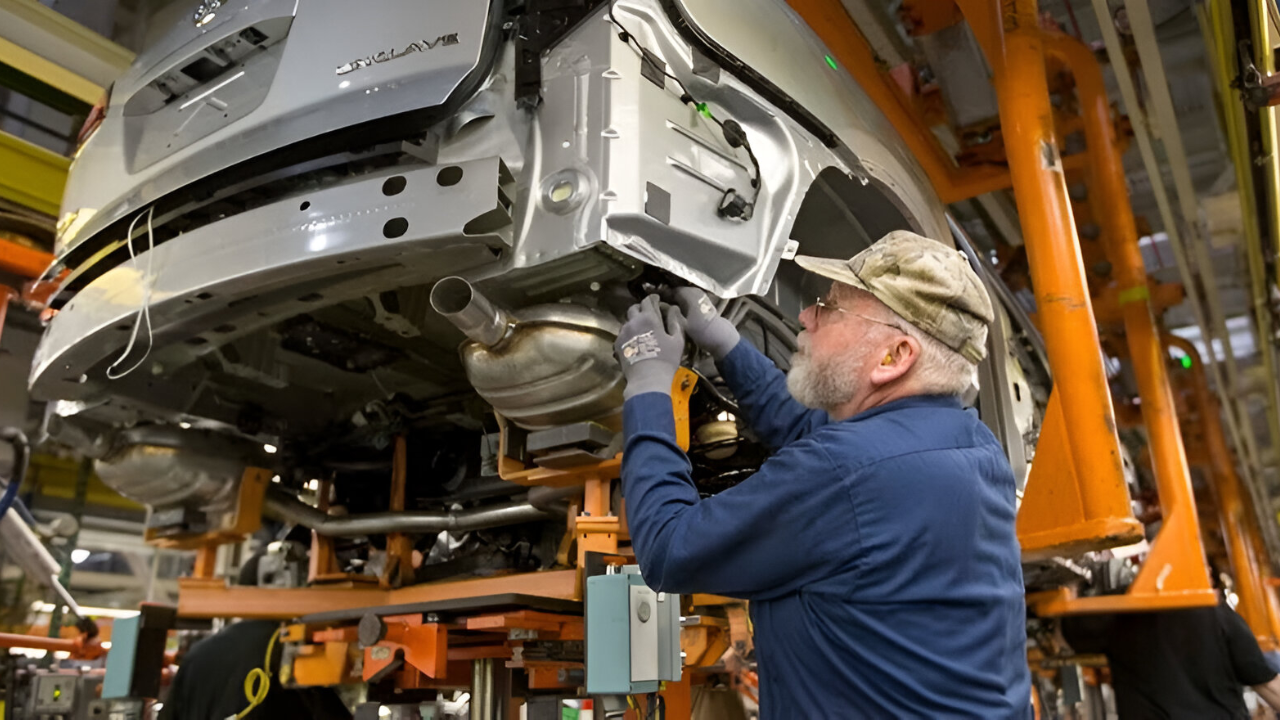
American car companies had their best August for electric vehicle sales ever. General Motors sold over 21,000 electric vehicles, which is a 60 percent increase from July.
Many customers visited dealerships to purchase cars before the federal tax credit deadline on September 30. This surge in sales happened as people rushed to take advantage of incentives worth up to $7,500 that will no longer be available.
Deadline Pressure
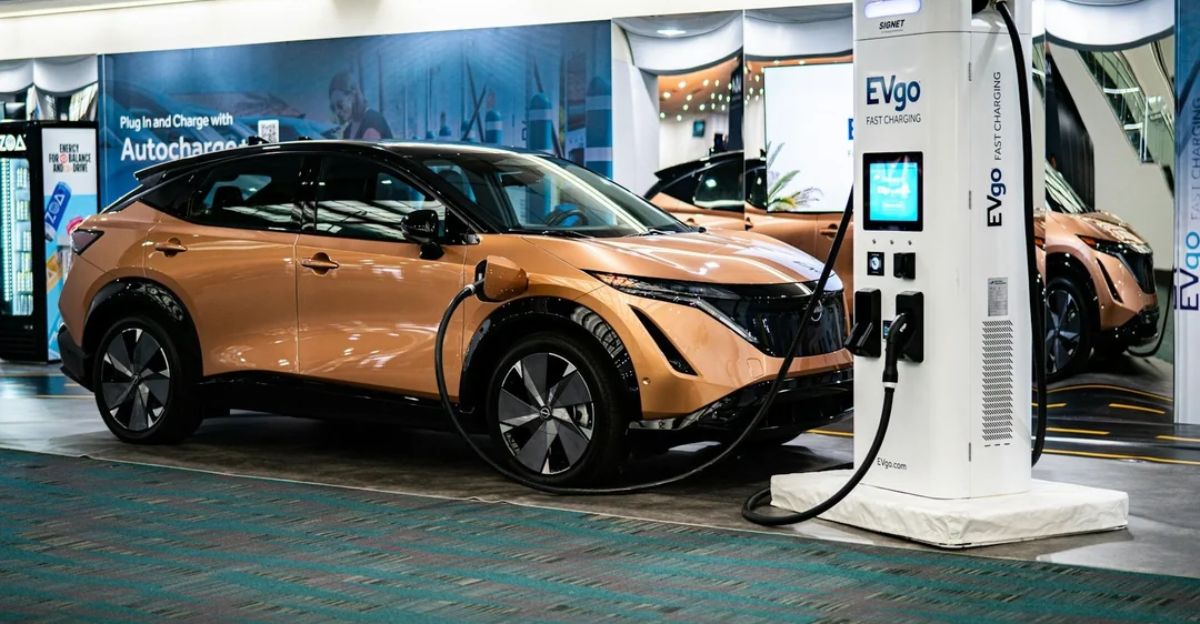
The federal electric vehicle tax credit ended on September 30, 2025. This program was originally planned to last until 2032 but was cut short by federal tax laws passed in July 2025.
Now, there is no phase-out period for the credit. You can receive up to $7,500 for new electric vehicles and $4,000 for used ones, available in all fifty states.
Market Origins
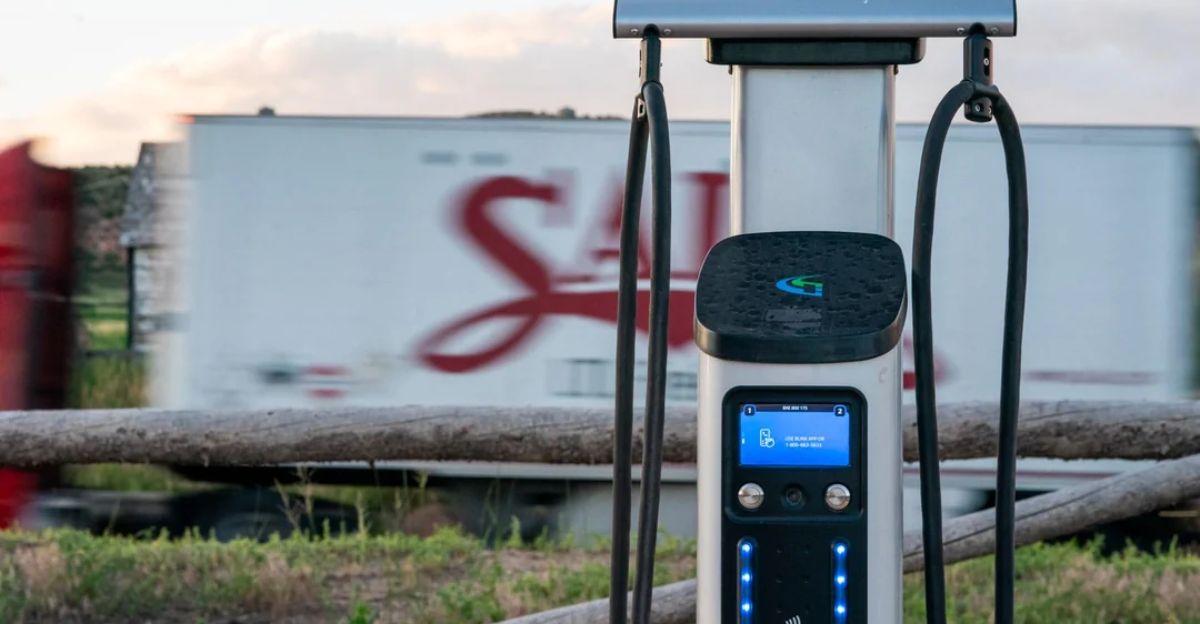
Federal electric vehicle (EV) incentives were introduced with the 2022 Inflation Reduction Act, which offers purchase subsidies and manufacturing investments to promote the adoption of electric vehicles.
General Motors (GM) is investing $35 billion in electric and self-driving vehicle development through 2025, with plans to build battery plants in Tennessee and Michigan, and update assembly lines in various states.
Mounting Headwinds
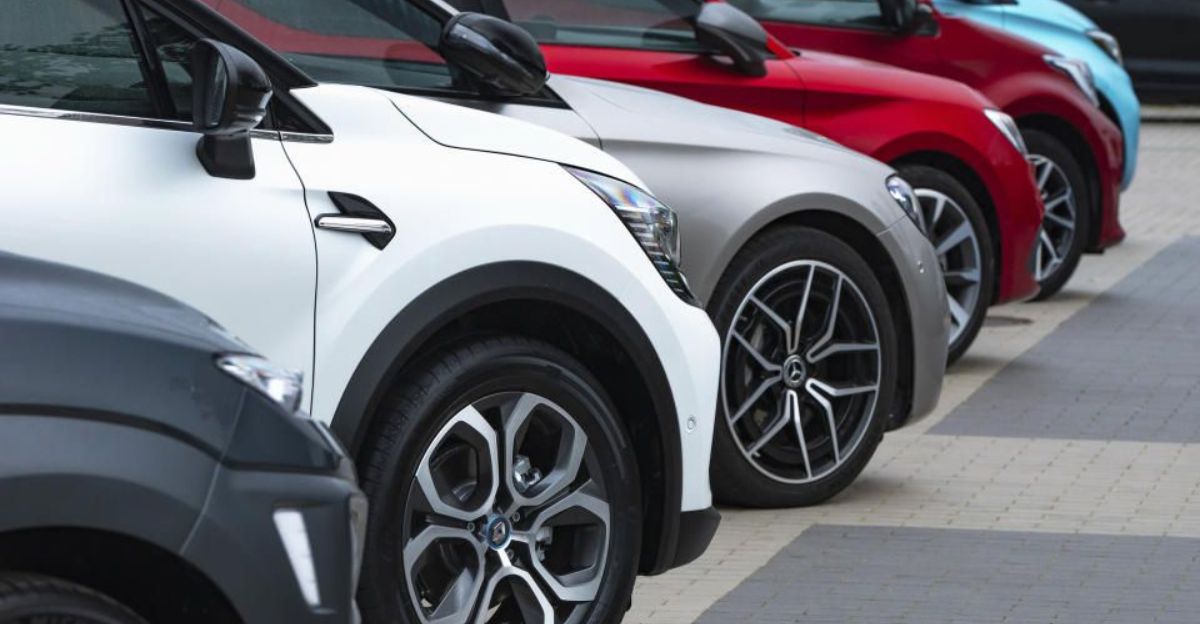
By mid-2025, the electric vehicle (EV) market share in the United States leveled off at about nine percent, much lower than China’s fifty percent.
Surveys by AAA showed that only 16 percent of Americans planned to buy an electric vehicle, down from 18 percent the previous year. EV prices were, on average, $7,000 more than those of gas-powered cars, making them less affordable.
$1.6 Billion Loss
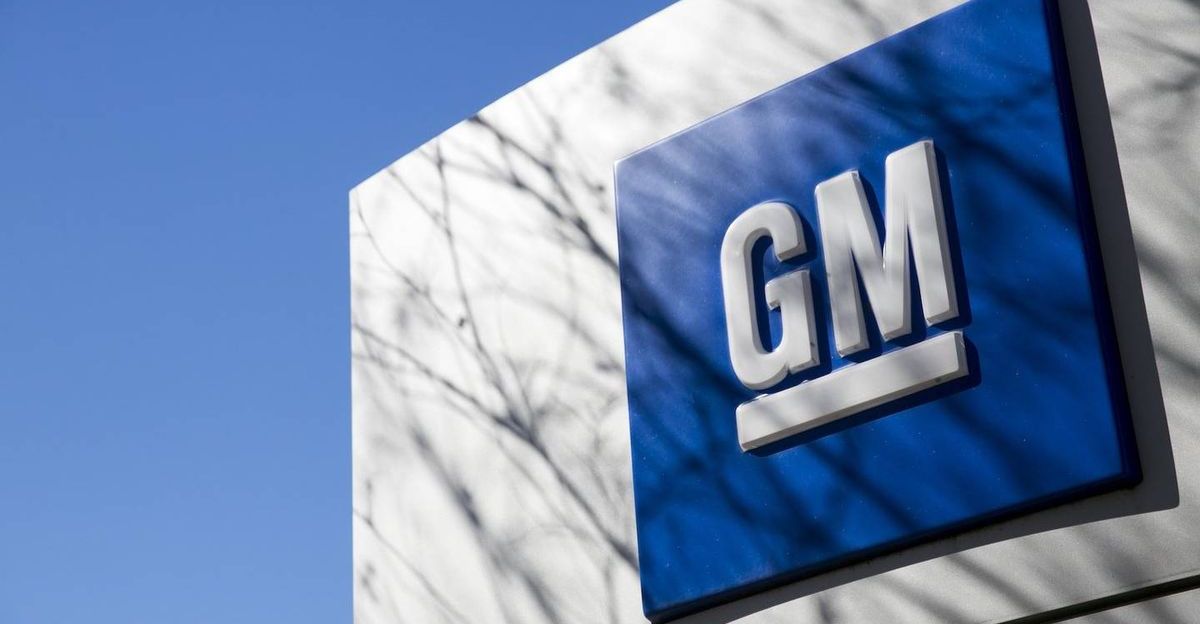
On October 14, 2025, General Motors announced a $1.6 billion loss for the third quarter, primarily due to the expiration of tax credits and changes in emission regulations. This includes $1.2 billion from adjustments in electric vehicle (EV) production and $400 million from canceled contracts with suppliers. GM warned that more losses may occur as it reviews its strategy.
Garrett Nelson, senior equity analyst at CFRA Research, stated the charge “doesn’t come as a surprise given recent market developments and the fact GM had made probably the most aggressive EV push of any traditional automaker.” Investing.com analysts characterized the move as “not a sign of failure but a display of proactive leadership, adapting to a fluid market,” calling it “a calculated business decision, not an unexpected loss.”
Factory Impacts

General Motors (GM) has extended temporary layoffs for about 280 workers at its Factory Zero in Detroit-Hamtramck until December 31, 2025. This pause in work affects the production of the GMC Hummer EV and Cadillac Escalade IQ.
The factory has around 4,000 employees in total. Earlier this year, in April, GM laid off 200 workers over a period of eight months. The Chevrolet Silverado EV lines are still running, but on new schedules.
Kansas Workforce
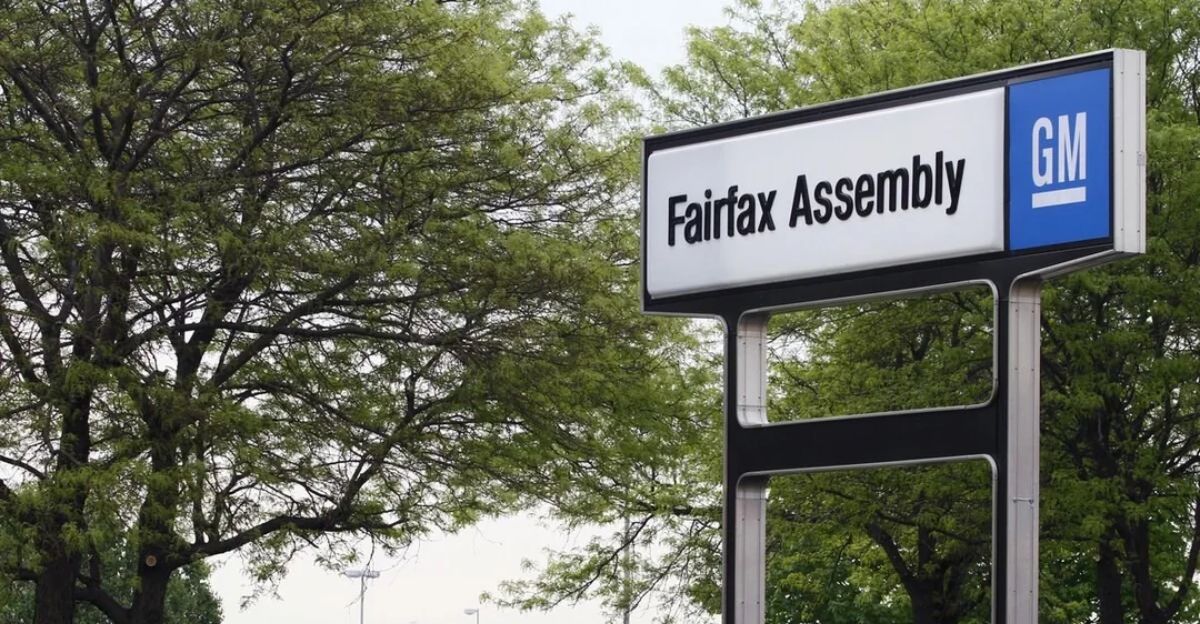
Almost 900 workers at GM’s Fairfax Assembly plant in Kansas City may be laid off for an indefinite period after the company stopped second-shift operations in October 2025.
The plant is transitioning from producing Chevrolet Malibu and Cadillac XT4 models to manufacturing gas-powered Equinox models. Most of the laid-off workers will not return to work until 2027 when the new assembly operations start.
Competitor Retreat
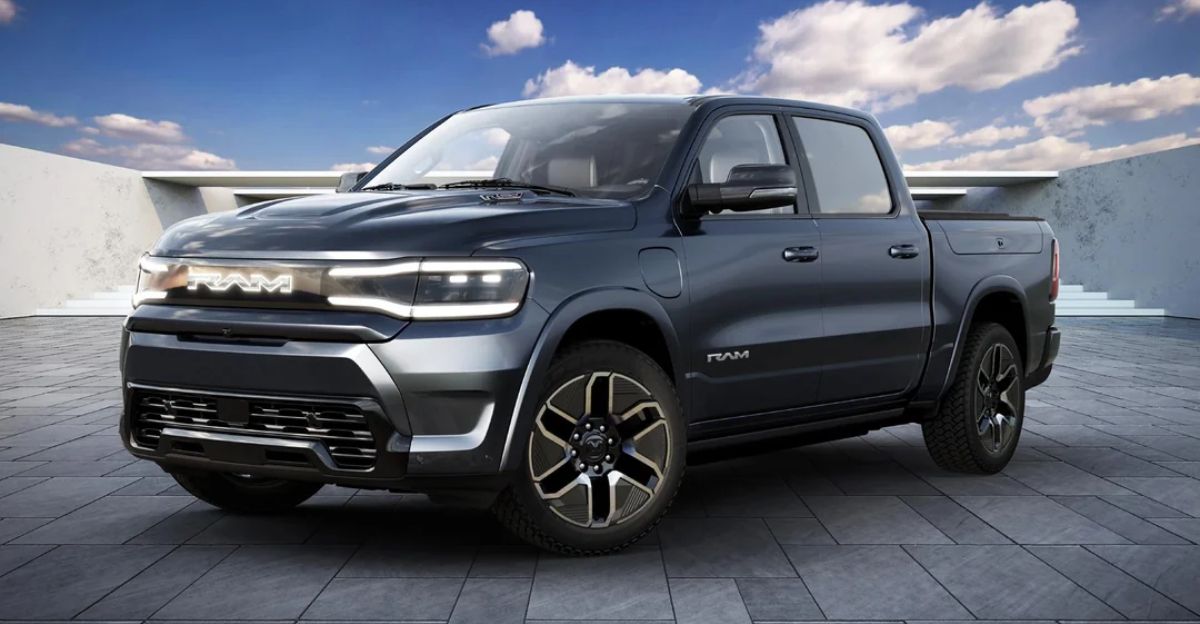
Stellantis canceled its electric Ram 1500 pickup and electric Jeep Gladiator in September 2025 because fewer people were interested in full-size electric trucks.
Ford delayed the start of electric pickup production at its BlueOval City in Tennessee from 2027 to 2028 and postponed Ohio E-Transit van production by two years. Detroit automakers are now focusing more on extended-range hybrid vehicles.
Chinese Pressure
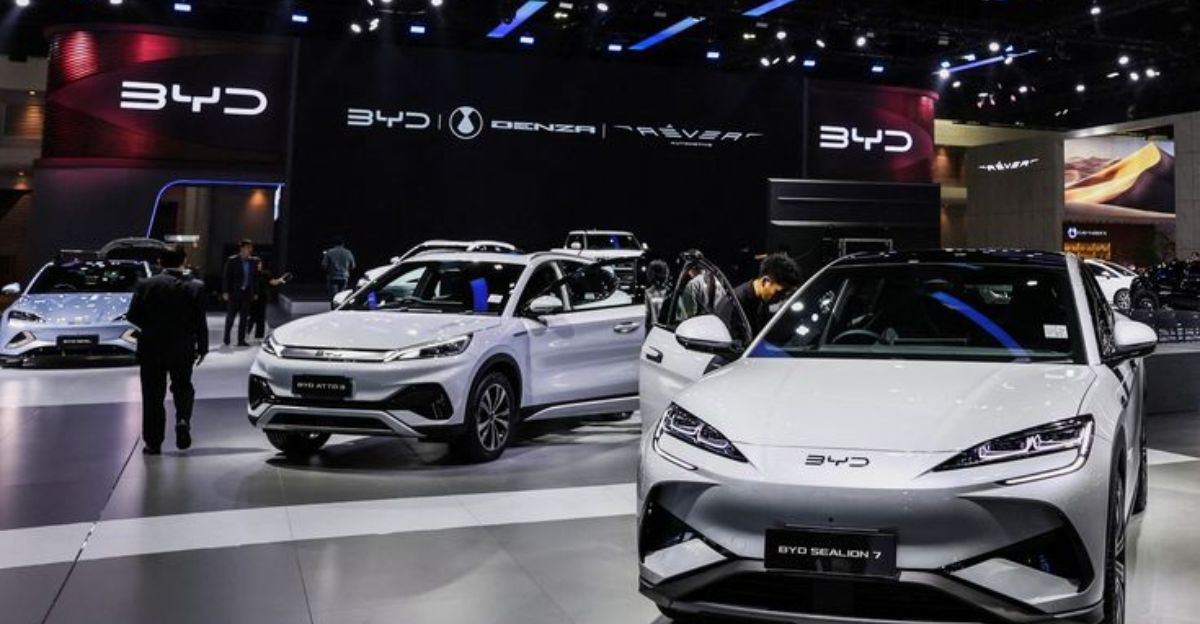
In September 2025, China’s BYD sold 396,270 new energy vehicles, maintaining its market lead despite a 5.5 percent decline from the previous year.
In China, electric vehicle sales reached 1.6 million, making up 49.7 percent of the market. BYD’s sales in the UK increased by 880 percent compared to last year. Meanwhile, American car manufacturers faced challenges with higher production costs and price pressures.
Tesla Stumble
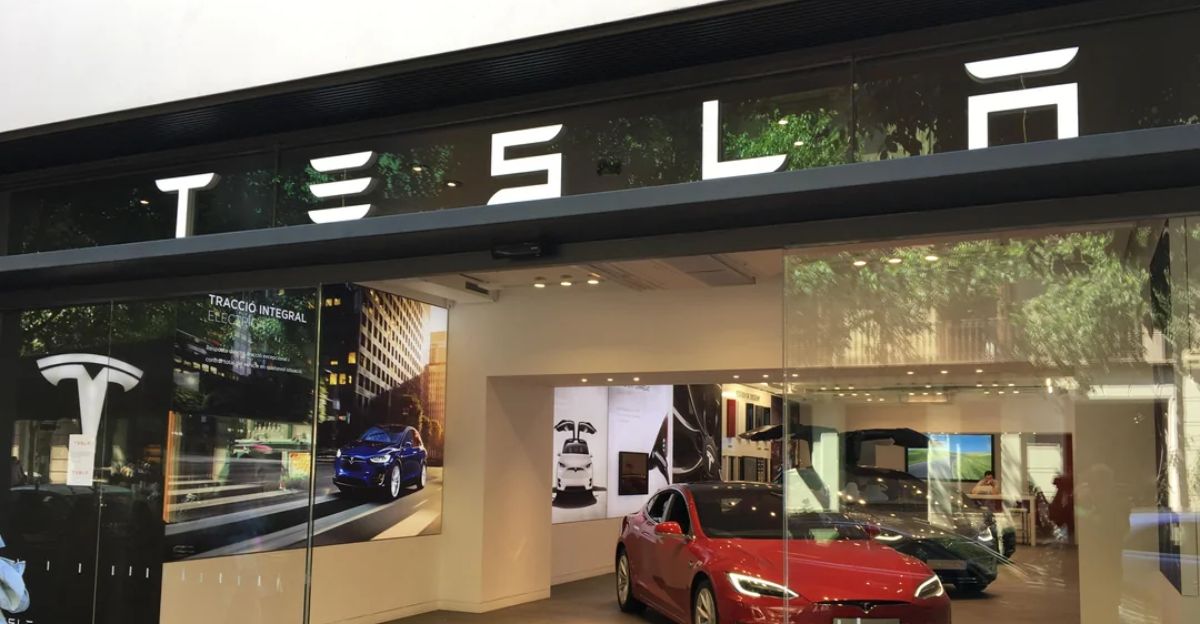
Tesla’s market share in the US dropped to 38 percent in August 2025. This is the lowest level since October 2017. Competing companies increased sales by offering strong discounts.
This decline followed a nearly 13 percent drop in global sales in the second quarter and a fall in European market share from 16.8 percent to 7.7 percent year-over-year. CEO Elon Musk’s political issues and the aging vehicle lineup worsened the situation.
Internal Tension

GM spokesperson Kevin Kelly stated that the company is making strategic production adjustments in alignment with expected slower growth in the EV industry following policy changes.
The language contrasted with CEO Mary Barra’s 2021 pledge to eliminate gasoline vehicles by 2035. Employees at affected plants expressed frustration over their months-long temporary layoff status, without clarity on when they would return to permanent positions.
Leadership Calculus
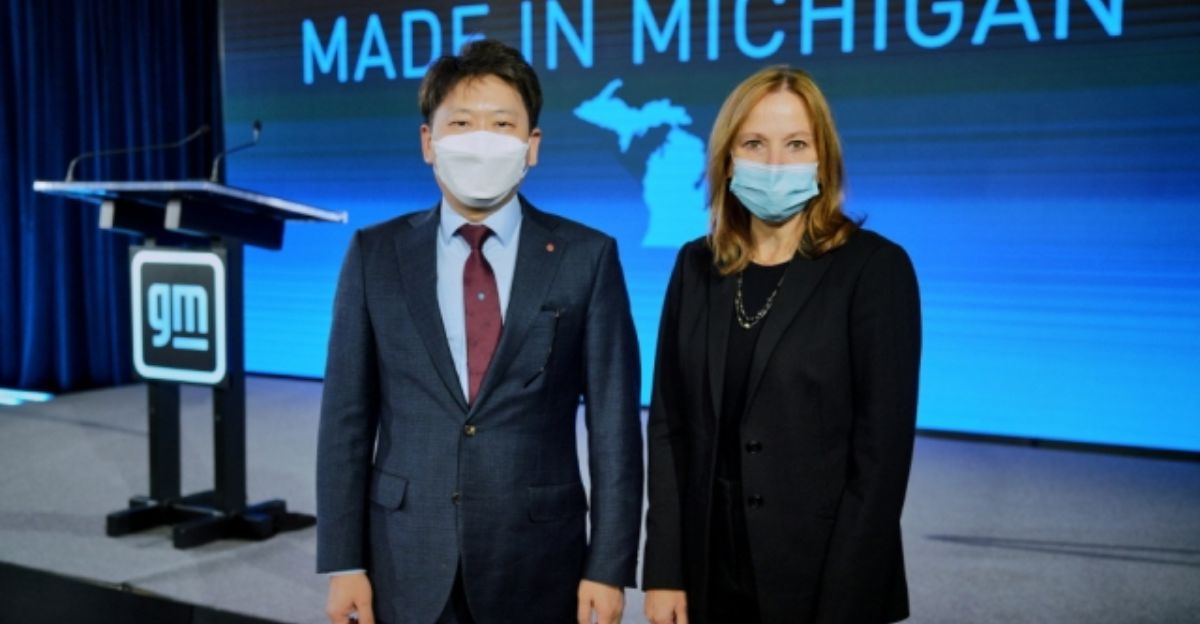
Mary Barra stated at a September conference that she sees a path to all-electric vehicles because the vehicles are better, and consumer demand will eventually shift.
Yet GM sold its entire stake in the Ultium battery cell plant in Lansing, Michigan, to LG Energy Solution for approximately $2 billion in May 2025, signaling strategic recalibration.
Portfolio Pivot
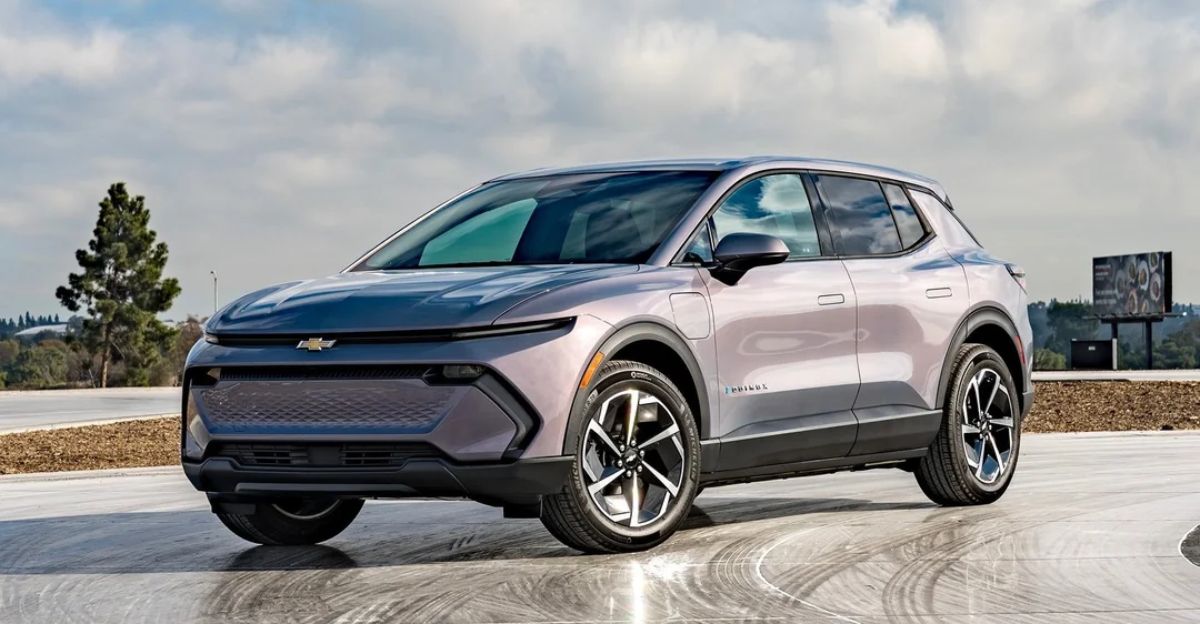
GM maintains nine electric models, including Chevrolet Equinox EV, Cadillac LYRIQ, and GMC Hummer variants, with four more planned for launch through 2026.
The $35,000 Equinox EV targets mainstream buyers, while the revamped Bolt promises pricing under $30,000. Duncan Aldred, GM’s North America president, said the company captured 13.8 percent EV market share by the third quarter.
Analyst Outlook

Ford CEO Jim Farley predicted electric vehicle market share could drop to approximately five percent after the September 30 credit expiration, down from roughly ten percent in August.
Industry analyst Karl Brauer suggested that EV adoption might stabilize at around four percent following the loss of incentives. Cox Automotive’s Stephanie Streaty warned that the absence of new products will inevitably lead to a decline in market share.
Forward Question
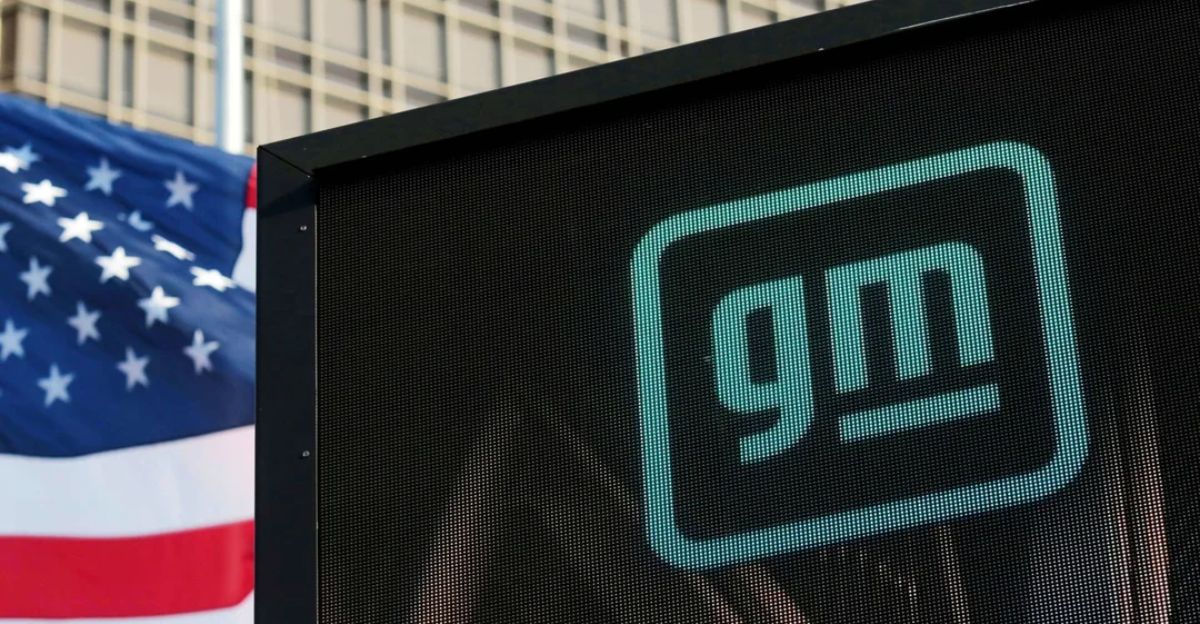
The $1.6 billion charge raises the question of whether traditional automakers can sustain EV investments without government support or must indefinitely balance electric and combustion portfolios.
GM’s regulatory filing acknowledged a reasonable possibility of additional impairments. The October announcement positions the company for a leaner fourth quarter amid continuing policy uncertainty.
Regulatory Reversal
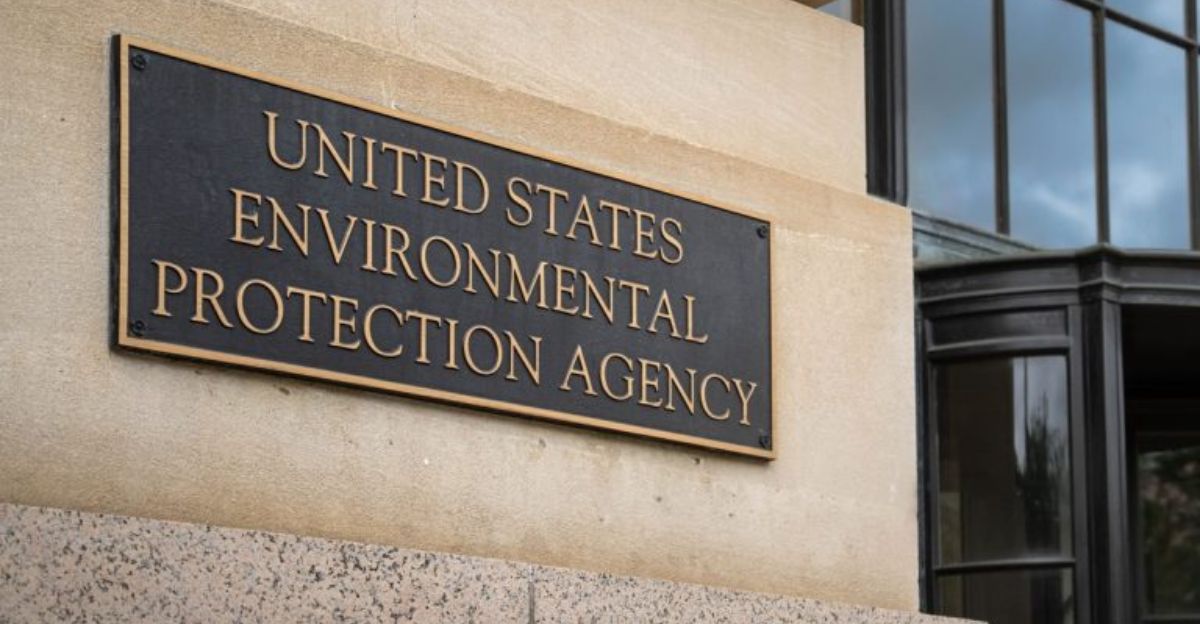
The Trump administration proposed July 2025 rulemaking to eliminate greenhouse gas emission requirements from federal vehicle standards affecting model years 2027 and beyond.
The EPA moved to rescind its 2009 endangerment finding, which linked CO2 to harm to human health. European Union regulators simultaneously softened the 2025 emissions targets, allowing for three-year averaging through 2027 for compliance purposes.
Battery Belt
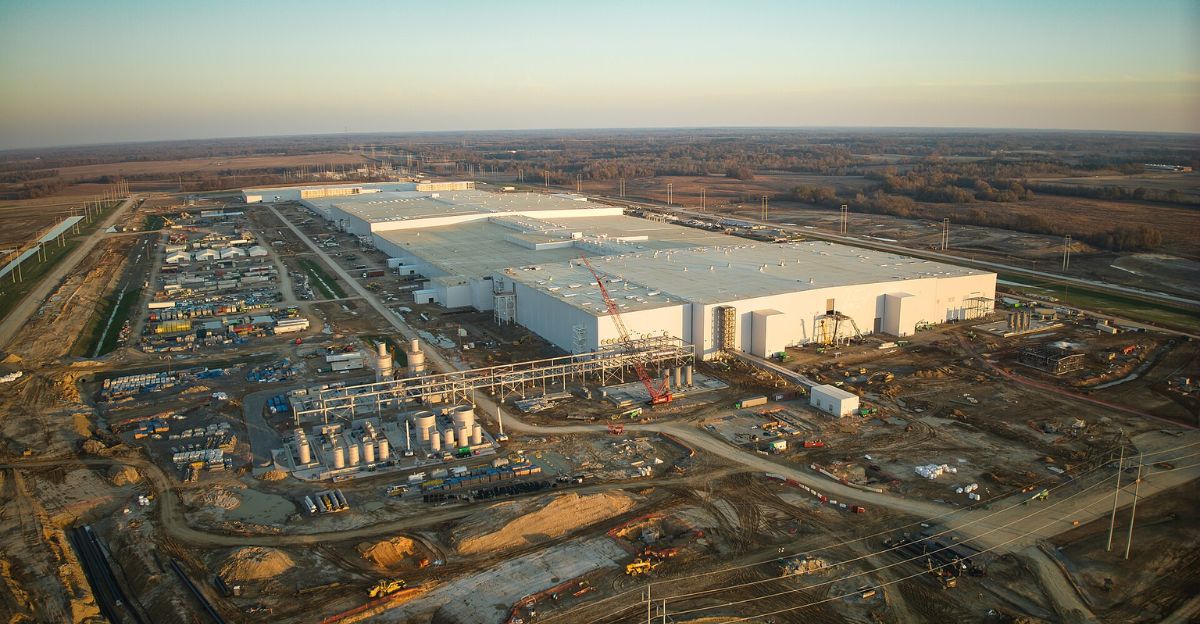
Stanton, Tennessee—population approximately 450—welcomed Ford’s BlueOval City electric truck factory, promising 6,000 jobs in 2021, sparking construction booms and infrastructure projects.
Delayed timelines now project an initial production in 2027 with vehicle deliveries in 2028. Similar uncertainty affects battery facilities across the Battery Belt, from Georgia to Indiana, where twenty projects, collectively valued in the tens of billions, face postponements.
UAW Implications
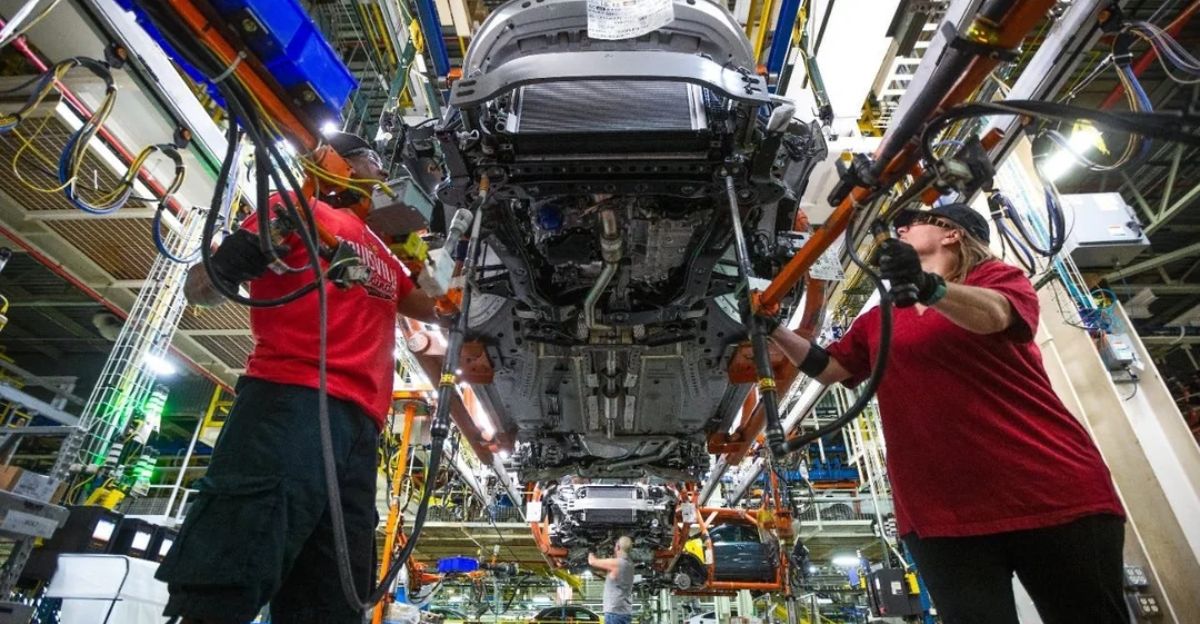
The 2023 UAW strike secured 33 percent wage increases over four years, along with product commitments, including the reopening of the Belvidere Assembly plant.
Stellantis invoked contract clauses allowing investment deferrals due to changing market conditions, while GM’s temporary layoffs technically preserve union benefits, including subpay. The union filed multiple grievances but faces legal ambiguity over strike rights when companies cite market forces.
Consumer Crossroads

AAA surveys show 63 percent of Americans remain skeptical about EVs, citing high costs, insurance premiums, and inadequate charging networks.
Average new vehicle prices exceeded $50,000 for the first time in September 2025, with monthly payments reaching $749. Without subsidies bridging the $7,000 EV price premium, analysts question whether mainstream adoption can proceed beyond early adopters.
Inflection Point
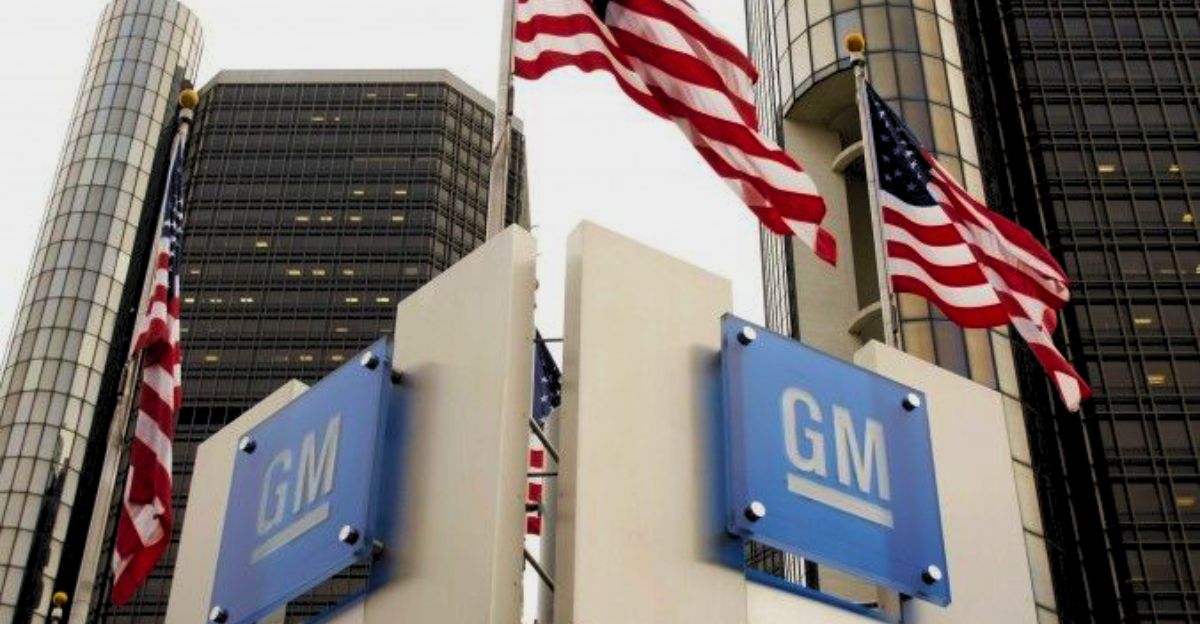
GM’s $1.6 billion charge reflects the transition of the electric vehicle industry from subsidy-driven growth to market-driven economics.
The October announcement signals Detroit’s acknowledgment that Americans won’t abandon gasoline without compelling price parity or infrastructure ubiquity. The industry’s 2035 all-electric vision now depends on consumer wallets, battery costs, and the expansion of charging stations nationwide.